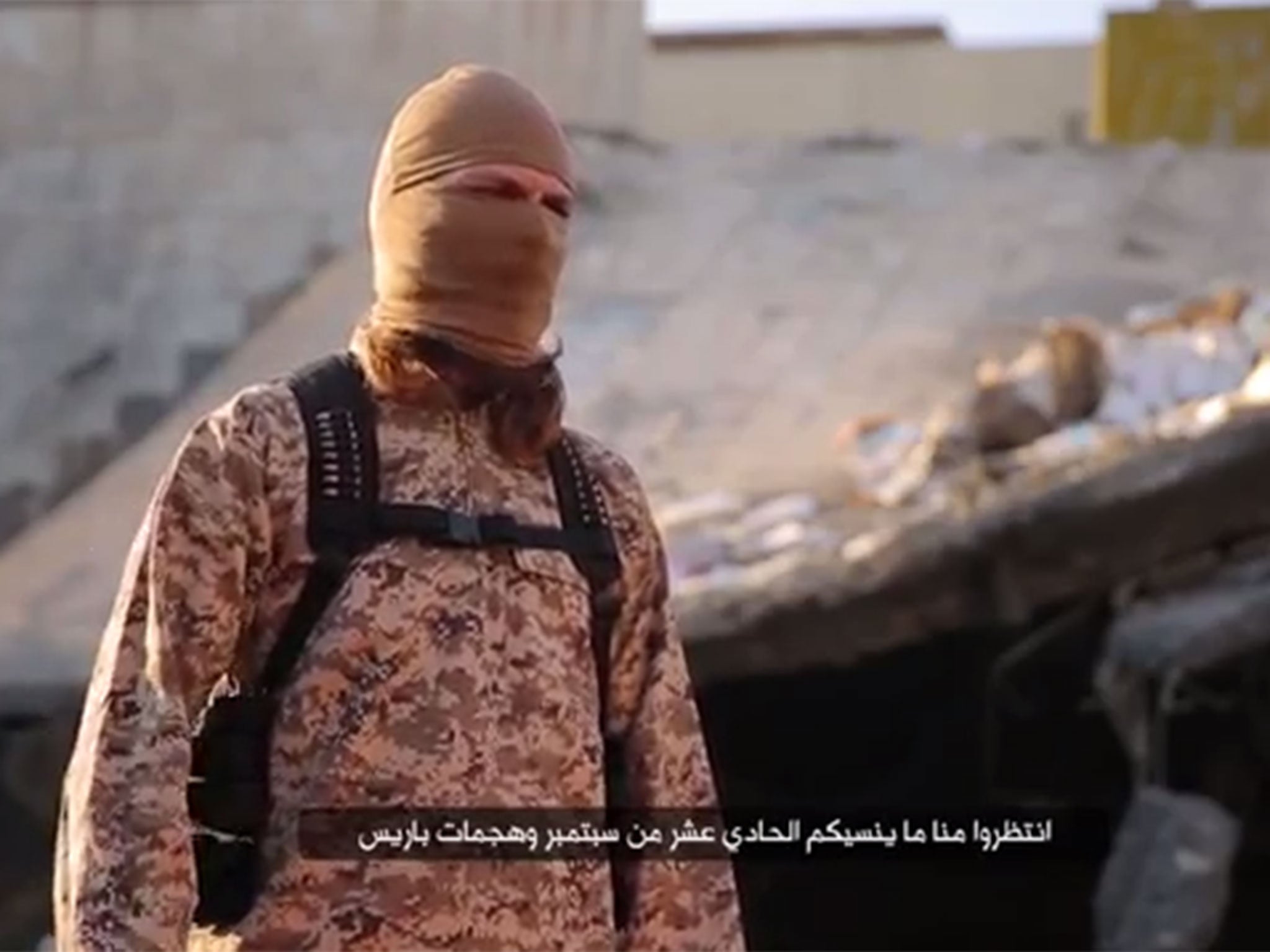Isis kidnapped my best friend. But when I met its fighters, I couldn’t hate them
Its young men were lost souls coerced or duped into service

Your support helps us to tell the story
From reproductive rights to climate change to Big Tech, The Independent is on the ground when the story is developing. Whether it's investigating the financials of Elon Musk's pro-Trump PAC or producing our latest documentary, 'The A Word', which shines a light on the American women fighting for reproductive rights, we know how important it is to parse out the facts from the messaging.
At such a critical moment in US history, we need reporters on the ground. Your donation allows us to keep sending journalists to speak to both sides of the story.
The Independent is trusted by Americans across the entire political spectrum. And unlike many other quality news outlets, we choose not to lock Americans out of our reporting and analysis with paywalls. We believe quality journalism should be available to everyone, paid for by those who can afford it.
Your support makes all the difference.As a journalist based in northern Iraq for the past six years, I’ve seen the war with the Islamic State closer than I’d like. In the summer of 2014, my best friend, a man I’d come to love and respect during my time reporting here, was taken prisoner by the militants. We were more like brothers than friends, and I haven’t heard from him since.
I was filming about 180 miles away on the evening he disappeared. I drove through the night to join a group of his friends and family in a rescue effort. While the militants stormed west across Iraq, we worked exhaustively to find him. (I can’t say more about him, because doing so could put him in further danger.) We were driven by rage and desperation.
Months later, Diji Terror, a Kurdish counterterrorism unit based in Sulaymaniyah, granted my request to interview an Isis fighter I’d heard they had captured. Finally, a small chance to press the Islamic State for answers about its tactics. A chance for some catharsis.
Ali was seized during a nighttime raid caught on film: In the footage officials showed me, Diji troops handcuffed, blindfolded and bundled him off on a helicopter. Ali had beheaded prisoners, they told me; I couldn’t help but think of my friend.
When I met him, Ali wore an orange jumpsuit and plastic sandals. He sat hunched in his chair as a guard lit a thin cigarette and passed it to him. He took it with both hands, his wrists cuffed together, and inhaled deeply. (In Islamic State territory, smoking is forbidden.) This sight was a far cry from a propaganda photo I saw of him dressed in black, standing commandingly behind a Kurdish peshmerga soldier he says he subsequently executed.
Ali was born in 1995 and joined the Islamic State in 2008, at the age of 13, he told me. He was trained as an assassin and given his first mission two years later. He and three friends were sent to kill four Iraqi police officers in Mosul. The group tracked the men down, executed them with shots to the back of their heads and buried them where they fell. Ali said he had killed eight or nine men in battle, not including the five he’d beheaded.
I asked him to tell me about the peshmerga soldier whose head he cut off. In a soft, compliant voice, he told me he had pushed the Kurdish soldier belly-first onto the ground in front of him. He placed his knee in the man’s back and then severed the neck with a bayonet. Did Ali have a message for the families of the peshmerga he’d beheaded? He went quiet for a second, and then his face screwed up very tightly and he began to sob.
If all of that is true, then Ali had indeed been a dangerous terrorist, and the world is safer with him behind bars. But he had also been a child soldier, a vulnerable boy coerced into becoming a terrorist. I interviewed many other fighters like him, some just 14 years old when the Islamic State came to their villages and compelled them at gunpoint to join.
The Islamic State commits despicable acts of cruelty, but the men who carry out these crimes are not the two-dimensional caricatures they’re painted to be. They are human beings, many indoctrinated at the most impressionable age and coerced into service.
A few weeks after the interviews, I saw a photo taken after a battle between the Kurds and the Islamic State near Sinjar, Iraq. In the lower left-hand corner is the body of a militant, his head just out of the frame, blood pooling by his left shoulder. His name is Abdul Aziz Faraj Yusuf, age 16. I’ve seen a lot of photos of dead Islamic State fighters, but as I reread the boy’s age, I felt something different. Gone was the sense of retaliatory satisfaction. This was a dead child. I wasn’t angry anymore. I was heartbroken.
This article first appeared in The Washington Post.
Join our commenting forum
Join thought-provoking conversations, follow other Independent readers and see their replies
Comments